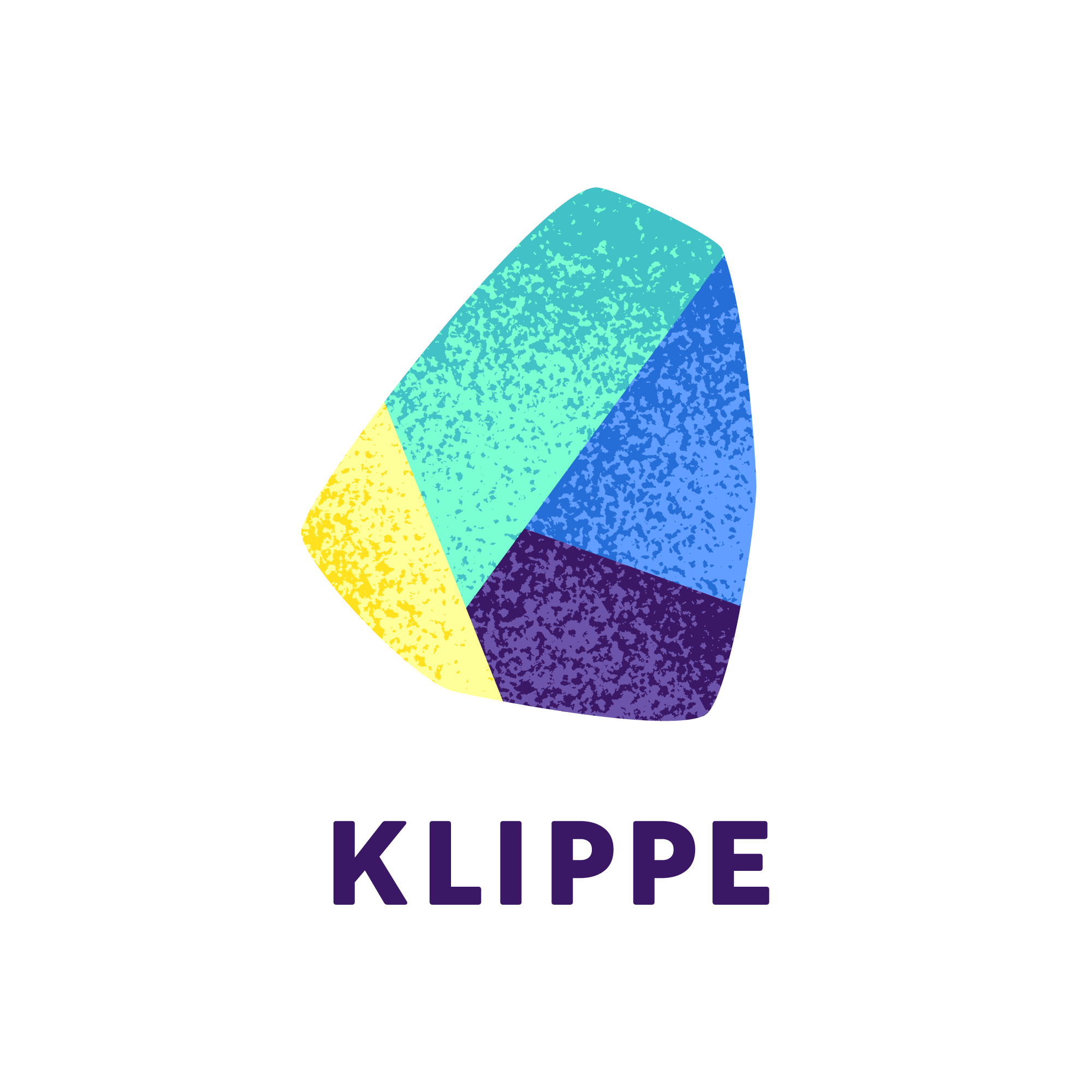Our team members have been involved in e-learning curriculum development for many years. We’ve helped cashiers and bank employees master their new internal software solutions, insurance company colleagues to ace compliance trainings, employees of a multinational company to learn a new product, and many more. After numerous diverse projects and extensive experiences, we’ve distilled invaluable professional guidelines into 6+1 points.
1. Have A Clear Purpose!
Are you welcoming a wave of new faces to your team and eager to give them a glimpse into your company culture? Need to share specific knowledge with a large group of colleagues simultaneously? Perhaps you’re passionate about social issues and want to ensure your younger coworkers are well-informed. It may seem straightforward, but taking a moment to carefully consider what you want to convey, why it’s important, and who your audience is can make all the difference.
In crafting your message, everything from the tone you use to the graphics you incorporate, even down to the type of material and its length, hinges on understanding your goals and who you’re speaking to. By aligning your content with your objectives and the interests of your audience, you can ensure your communication resonates effectively.
2. Make It Interesting!
A successful e-learning experience empowers learners to take charge of their own learning journey. Everyone finds their motivation differently, but there are tools that can facilitate this process.
How?
- Ensure an interface that’s easy to use, intuitive to navigate, and comfortable to read (think appropriate font sizes and high-quality images).
- Offer learning materials that are freely navigable, allowing learners to skip around as needed, with clear information on the training’s structure (like a table of contents, chapter diagrams, menus, or a dashboard).
- Provide positive, frequent, and fair feedback opportunities, focusing solely on the material delivered (consider short quizzes before advancing to the next part of the course or real-time chats with instructors).
- Mix up the content to accommodate different learning styles, incorporating downloadable materials, video segments, animations, and other sensory-rich experiences (auditory, visual, or blended).
- Allow for customization, such as optional avatars and personalized usernames.
- Utilize technologies tailored to the target audience and their expected difficulty level.
- Incorporate microlearning elements, breaking down the curriculum into bite-sized units for easier consumption (ideal for reviewing sections on-the-go, even on mobile devices).

Motivational Techniques
In every field, we place significant emphasis on employing motivational techniques and methods to enhance interactivity. This approach is deeply rooted in the principles of gameful learning, which align closely with the Self-Determination Theory. Simply put, we aim to bolster learners’ feelings of autonomy, belonging, and competence. Research consistently demonstrates that integrating playful elements into learning facilitates these objectives.
Our focus isn’t merely on incorporating games into the curriculum but rather on cultivating learner engagement. Are you curious about the techniques and methods we employ to achieve this?
Read More!3. Have Professional E-learning Content!
We value providing trainees with the opportunity to critique or discuss any aspects of the e-learning material they find questionable. An internal professional forum serves as an excellent platform for this purpose. Additionally, ensuring the content’s professional integrity is paramount. Where needed, enlist the expertise of professional proofreaders to maintain quality standards!
4. Enrich Content with Interactivity!
Constantly staring at text on square screens isn’t the ideal learning approach for everyone. It’s unrealistic to assume that reading suits every learning style. While some thrive with textual content, others prefer clicking through interactive elements, engaging with games, or absorbing information through listening and note-taking during lectures. Just as intrinsic motivation varies, interactivity can be fostered in diverse ways to accommodate different learning preferences.
How?
- Dashboard and Topic Map: Provide learners with a clear overview of their progress and upcoming lesson topics.
- Word Cloud: Use visually appealing word clouds to highlight key concepts.
- Clickable Icons and Icon Slides: Enable learners to access additional information or descriptions by clicking on relevant icons, enhancing content absorption.
- Image Map: Utilize images to grab attention and link to further information, aiding in information retention.
- Learning by Asking: Incorporate quizzes or interactive questions where learners choose from multiple answers, promoting engagement.
- Picture Puzzle: Present information like a jigsaw puzzle, where learners piece together details to reveal a larger concept, offering a rewarding experience upon completion.
- Plaques and Mini-Plates: Organize related ideas or processes into cohesive units for easier understanding.
- Number Cards: Use cards with numbers, letters, icons, or pictures to support various aspects of the learning process.
- Mini-Games: Introduce familiar or customized games tailored to the curriculum, serving as an interactive learning tool.
And he list goes on – explore numerous other possibilities to enhance interactivity further!
5. Enrich Content with Diverse Multimedia!
Interactivity often flourishes when paired with multimedia elements, incorporating various mediums such as video, animation, and games. The realm of multimedia content is continuously evolving, presenting new and creative solutions. Common examples include lecture videos, software simulations, and training films depicting various scenarios.

The Curriculum Development Process
Curious about the production of teaching materials? A product of our research, the five-cycle model, is based on alternating creative and research processes and continuous feedback.
Read More6. Go Beyond Curriculum Development!
A curriculum development project extends beyond simply crafting the curriculum! It concludes with thorough analysis: Have your goals been met? It’s valuable to gather feedback from students regarding their experiences and outcomes upon completing the training. This allows for exploration of potential areas for improvement, ensuring continuous enhancement of the learning journey.
+1: Don’t Just Sit There!
For all online learners, we suggest: Even if you’re not diving into yoga, take breaks to stretch your limbs and give your eyes a rest now and then!
Who Are We?
We are digital education experts and software developers, following trends and offering innovative solutions in our learning materials and systems. We have been providing digital training, creating complex e-learning materials and implementing systems for X years.
Klippe Learning’s team will create the digital teaching and learning solution you’ve been dreaming of – or we’ll dream it for you if you don’t know exactly what you need. Custom content, creative and motivating methods, a platform tailored to you.
How Can You Reach Us?
To find out more about our bespoke learning materials, e-learning systems, training courses or to request a quote, please contact us:
 contact us via the form on the right!
contact us via the form on the right!
 or call us:
or call us:
 or send an email:
or send an email:



